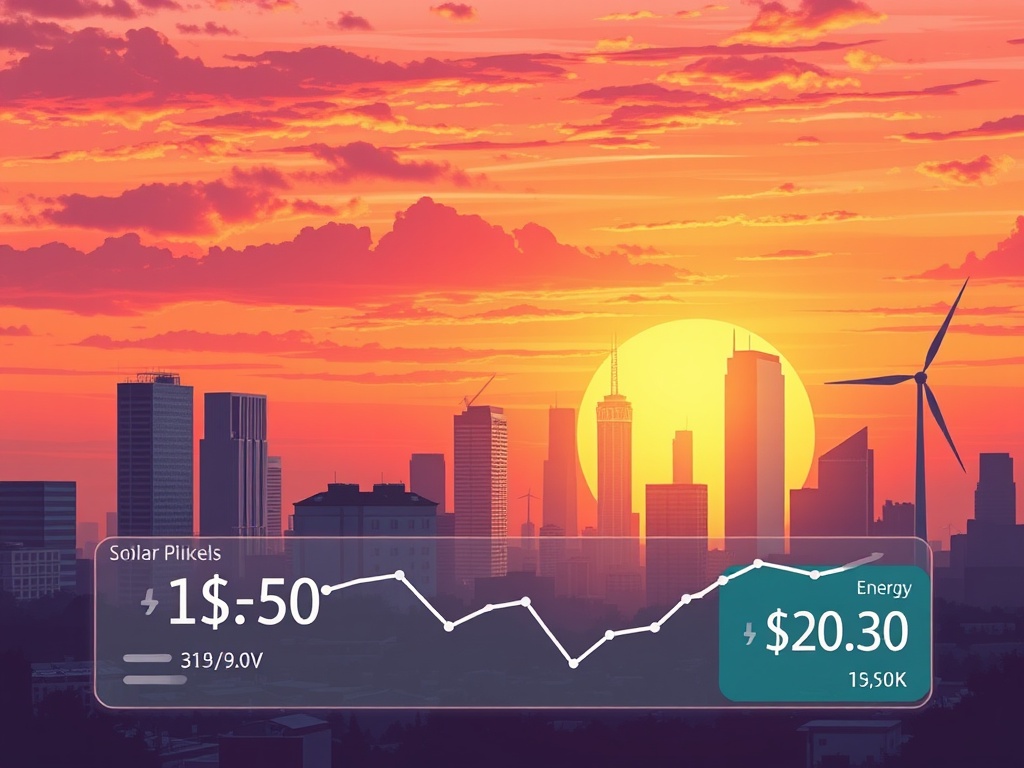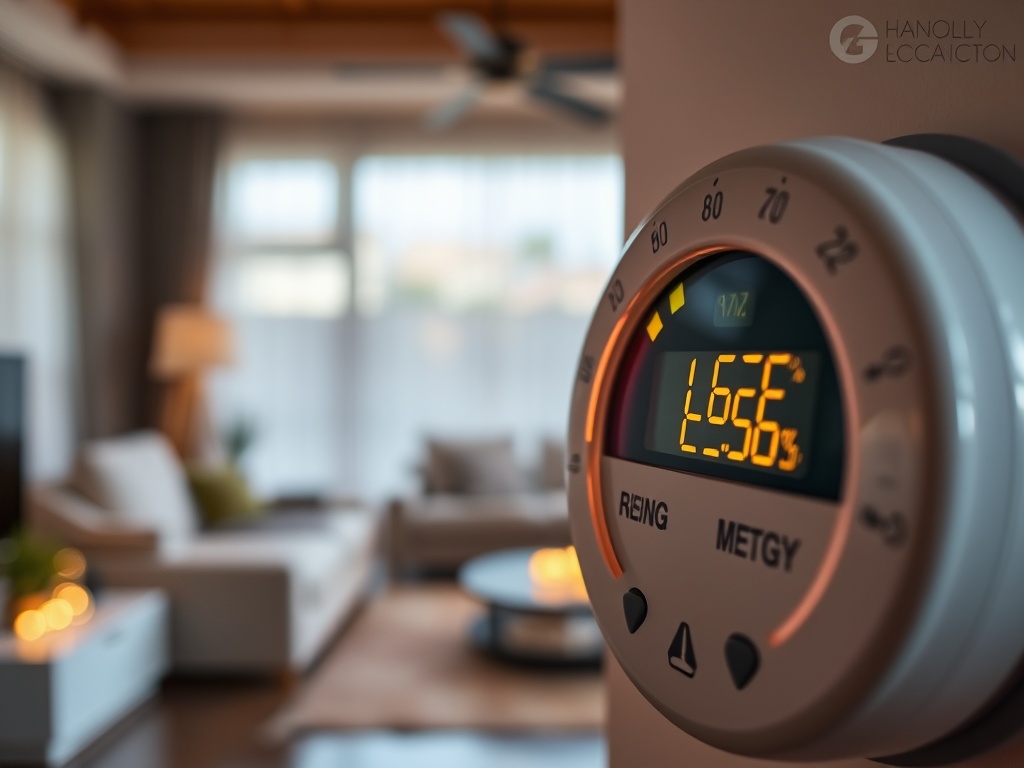Energy bills are set to rise by an average of £111 per household annually, following the regulator’s announcement that its quarterly price cap will increase by 6.4 percent across England, Wales, and Scotland. Ofgem’s new price cap will raise energy bills from £1,738 to £1,849 starting 1 April for a typical dual fuel household. The price cap establishes a maximum price for each unit of energy, meaning that households will pay more based on their energy consumption.
Dr. Craig Lowrey, a principal consultant at Cornwall Insight, stated: “Households have been significantly impacted over the past few months, and with bills set to increase for the third consecutive time, the financial pressure is far from alleviated. While we’re not witnessing a return to the peak of the energy crisis, the market has become more volatile than it has been in quite some time, and households are feeling the strain due to cold weather and low gas storage levels throughout Europe.”
What is the Energy Price Cap

The energy price cap is established by Ofgem and is reviewed on a quarterly basis. This cap limits how much suppliers can charge consumers per unit of gas or electricity, based on the average costs involved in delivering energy to homes. Additionally, it sets a maximum daily standing charge, which is the cost associated with being connected to the grid. It is important to note that the cap does not limit the total bill; that will depend on individual household energy usage. The caps specifically apply to consumers on standard variable energy tariffs, not those who are locked into fixed-rate tariffs.
Today’s increase marks the third consecutive rise in the price cap, and current trends suggest that the situation may not improve as we progress through the year.
Will Energy Prices Continue to Increase This Year?
Even though the conflict arising from Russia’s invasion of Ukraine is happening far away, its repercussions are being felt much closer to home. Since 2022, energy prices have shown considerable volatility largely due to the energy crisis that was triggered by the conflict, as European nations have scrambled to replace the gas supplies previously sourced from Russia.
However, analysts suggest that while prices may decrease slightly in the short term, they are likely to rise again later on. According to experts from Cornwall Insight: “Looking forward, the recent announcement regarding discussions between Russian and American officials aimed at resolving the Ukraine conflict has led to a reduction in gas prices. While this change will not affect the price cap for April, we anticipate a slight decrease in prices during the third quarter of the year, followed by another increase in October.”
The UK Government’s ongoing efforts to enhance renewable energy capacity are expected to decrease energy bills over the long term by substituting expensive fossil fuels with more affordable and sustainable energy options, thereby reducing reliance on the unpredictable international wholesale market. Nonetheless, Cornwall Insight cautions that this transition will require considerable time, investment, and market reforms, meaning it could be several years before households see any reductions in their energy costs.
Supplier EDF has predicted fluctuations in the price cap for the remainder of 2025, estimating £1,839 for the period from July to September and £1,859 from October through the end of December.
Should Households Consider Switching to a Fixed Tariff?
A fixed energy tariff allows consumers to lock in their unit rates and standing charges for a specified duration, typically one year, as per a contract with their energy supplier. This arrangement ensures that regardless of fluctuations in price caps, the rates and charges remain constant, offering bill payers some financial predictability.
To determine whether a switch to a fixed tariff is advantageous, consumers should evaluate anticipated energy price trends over the following year. If the price cap is expected to decline, being on a fixed tariff might not be the most economical choice, as it could result in higher payments compared to the standard variable rate. Additionally, exit fees may be incurred if one wishes to terminate a fixed tariff agreement prematurely.
Conversely, if energy prices are projected to rise again, a fixed tariff could provide a protective barrier against escalating costs.

